“Inside the Shadow” | The story of Anonymous and J. Rider
Born from the great 60s rockers Sir Winston And The Commons, Anonymous was their take on the 70s filled with beautiful harmonies influenced by Crosby, Stills & Nash, The Byrds and Buckingham Nicks.
‘Inside The Shadow’ and the follow-up release of ‘No Longer Anonymous’ under the moniker of J. Rider is a seminal private press gem and it represents a very special time and place to be a part of.
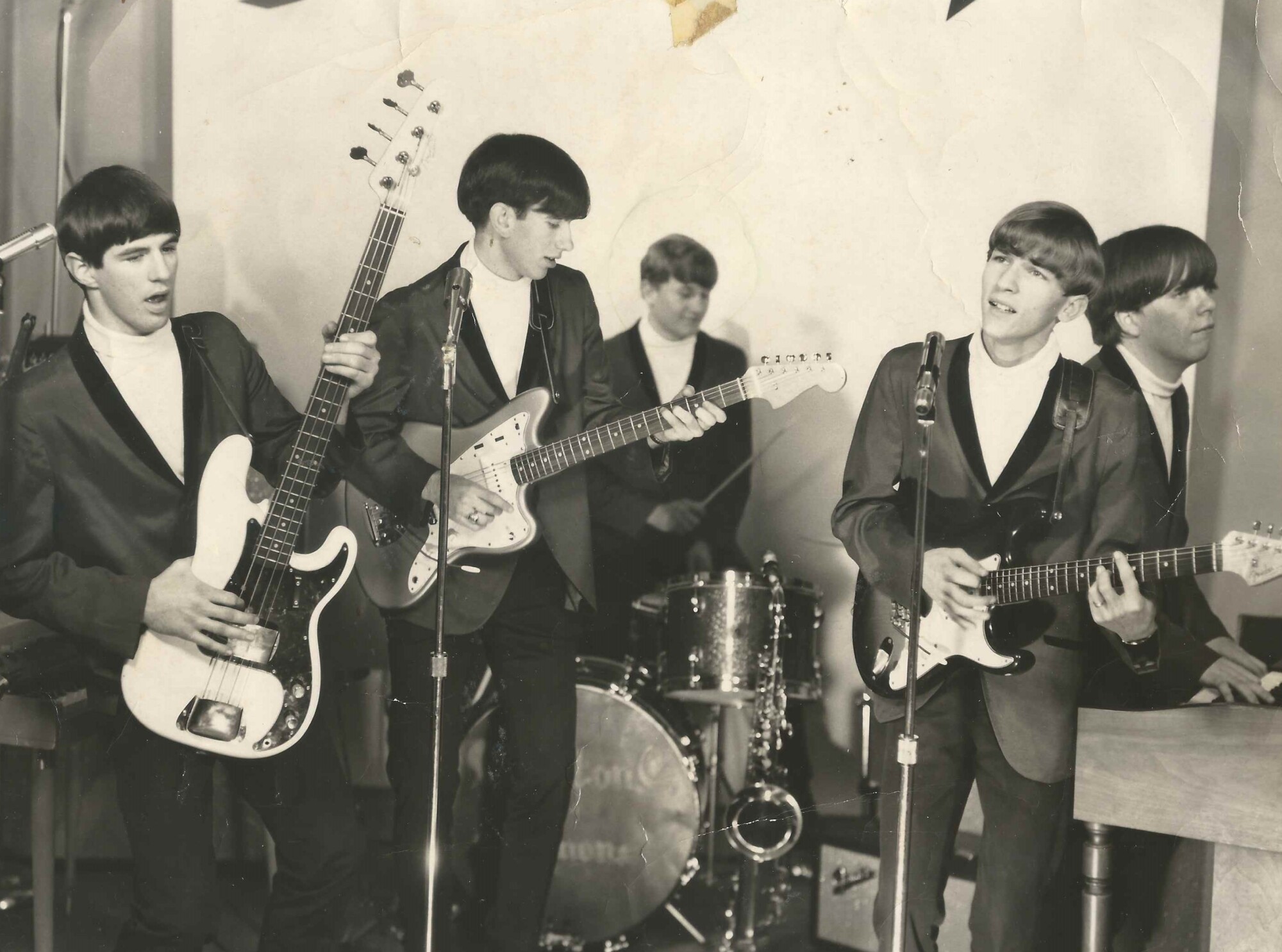
“I always liked the great harmony vocals from the doo-wop era”
In our interview you mentioned that you liked listening to the 50s rock ‘n’ roll like a lot of young people back then. Do you feel the harmonies in those songs transcended in what you did later on and for that matter to what you still do?
Ron Matelic: Absolutely. I always liked the great harmony vocals from the doo-wop era. The Flamingos, Jive Five, The Skyliners, The Del-Vikings, The Five Satins, Lee Andrews and the Hearts. I could go on and on, but those songs definitely piqued my interest in harmonies. But apart from that, I also liked the rockers like Buddy Holly, Chuck Berry, Little Richard and Elvis Presley.
Would love it if you could share some further background on where you grew up and what was life like back then when you’re still a kid? What did your parents do?
I grew up in Haughville, a neighborhood on the west side of Indianapolis, Indiana. Most everything was within walking distance – groceries, drug stores with soda fountains, hardware stores, dry goods, bakeries, gas stations, taverns, barber shops, et cetera. My dad worked at the RCA Victor plant where they pressed vinyl records so he’d always bring home 45s that were test pressings. I had an older sister, Shirley, who introduced me to some rock and roll, ala Elvis Presley, Jerry Lee Lewis and more. My mom was the home maker as most were back then.
Do you recall a certain moment when you knew you wanted to become a musician?
I learned a few chords on a little ukulele when I was 11 or 12. A year or two later my sister, who had been to a party, said there was a guy there playing guitar and that I should try it. I borrowed a small cowboy guitar with a cowboy song book and noticed that the chord shapes were like the ukulele with two strings added. I think ‘Home On the Range’ was the first one I learned. That started my transition to another borrowed Silvertone acoustic. I learned Buddy Holly’s ‘Peggy Sue’ by listening to the 45 record and figuring out the music. That’s when the light turned on that I could play something, mainly by ear. I eventually took some guitar lessons to learn more chords, but my ear was the best teacher.
Did you have a hangout place with your high school friends where you listened to the latest singles et cetera?
In the summer there is a swimming/picnic place called Westlake Beach Club where we’d swim and listen to AM radio. There were one or two local rock stations, but I could also get WLS out of Chicago and late at night there was WABC in New York and WBZ in Boston where I’d hear songs before they made their way to Indianapolis.
Did you see any gigs back before starting your first bands?
Yes, there were teen dances at Westlake Beach Club in the summer on Wednesday and Sunday evenings, a downtown place called the Indiana Roof Ballroom on Sunday afternoons and high school dances.
You formed your very first band The Illusions. Later on the band’s name changed to The Suspicions. Who were members of the band and what did your repertoire look like?
Joe Stout-saxophone, Don Basore-bass, Gary Crawford-guitar, myself-guitar and John Medvescek-drums. We played all instrumentals at first — ‘Honky Tonk,’ ‘Harlem Nocturne,’ The Ventures, and a lot of surf tunes. I was particularly interested in Dick Dale and his song ‘Misirlou Twist’ which we played. After listening to a live album by The Astronauts, we started introducing some vocals like ‘It’s So Easy,’ ‘Stormy Monday,’ ‘Wine Wine Wine’ and a few others.
Can you elaborate on the formation of Sir Winston and the Commons. How did the band get together and who were members of the band?
Same lineup as Suspicions except Gary Crawford was replaced with Herb Crawford (no relation). Joe had switched from sax to keyboards. Our new booking agent at the time jumped on the British scene, suggested the name change and booked us originally as being from England. That was short lived when we played colleges where our high school friends knew who we really were. But we stayed with the name.
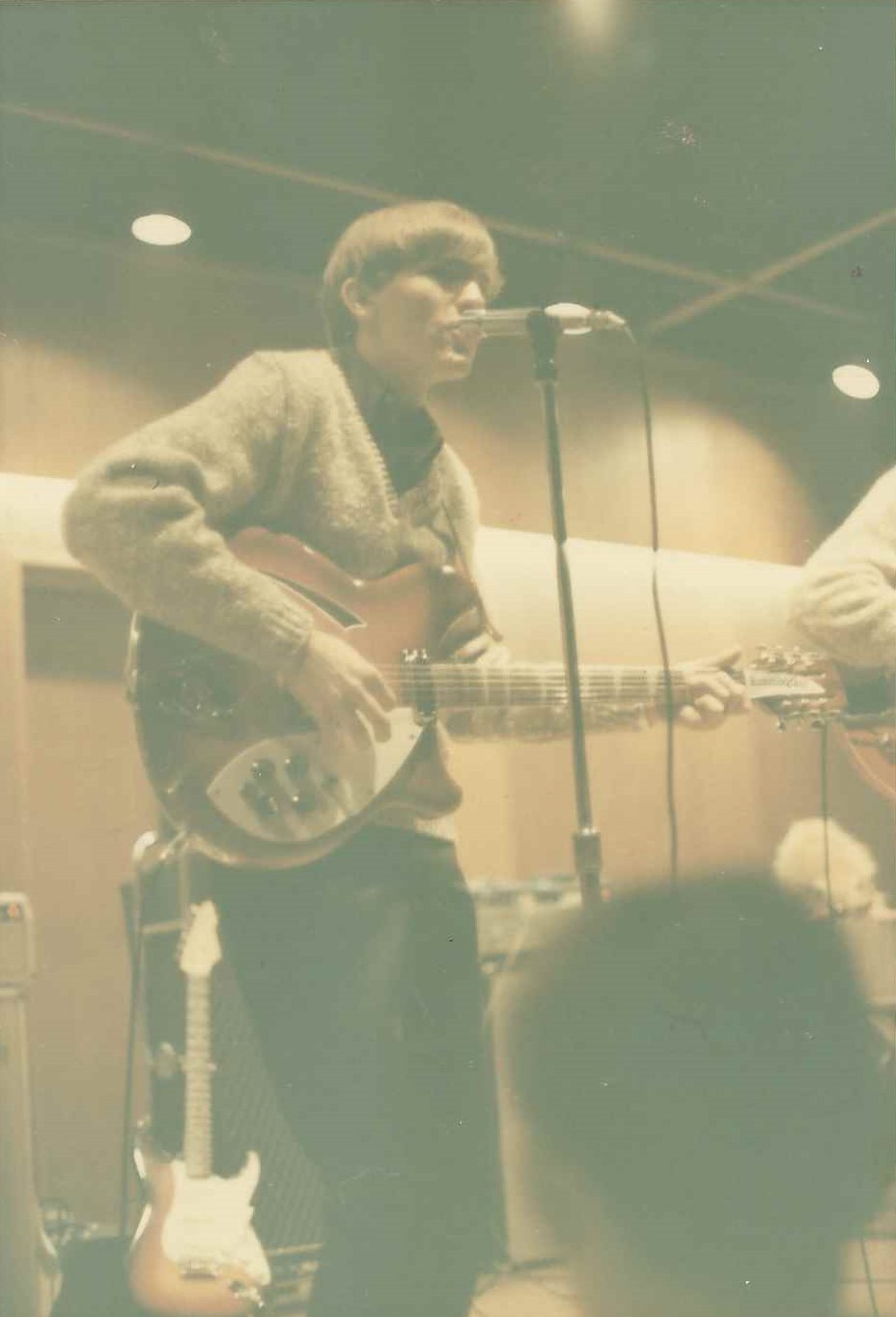
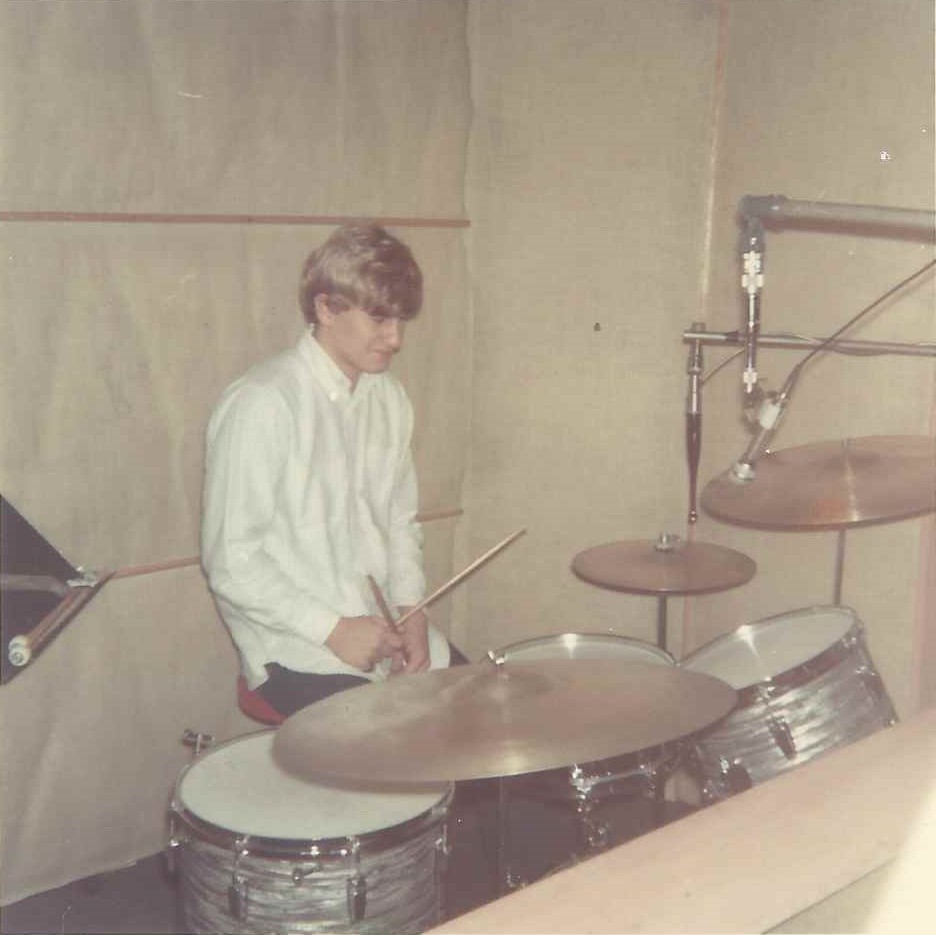
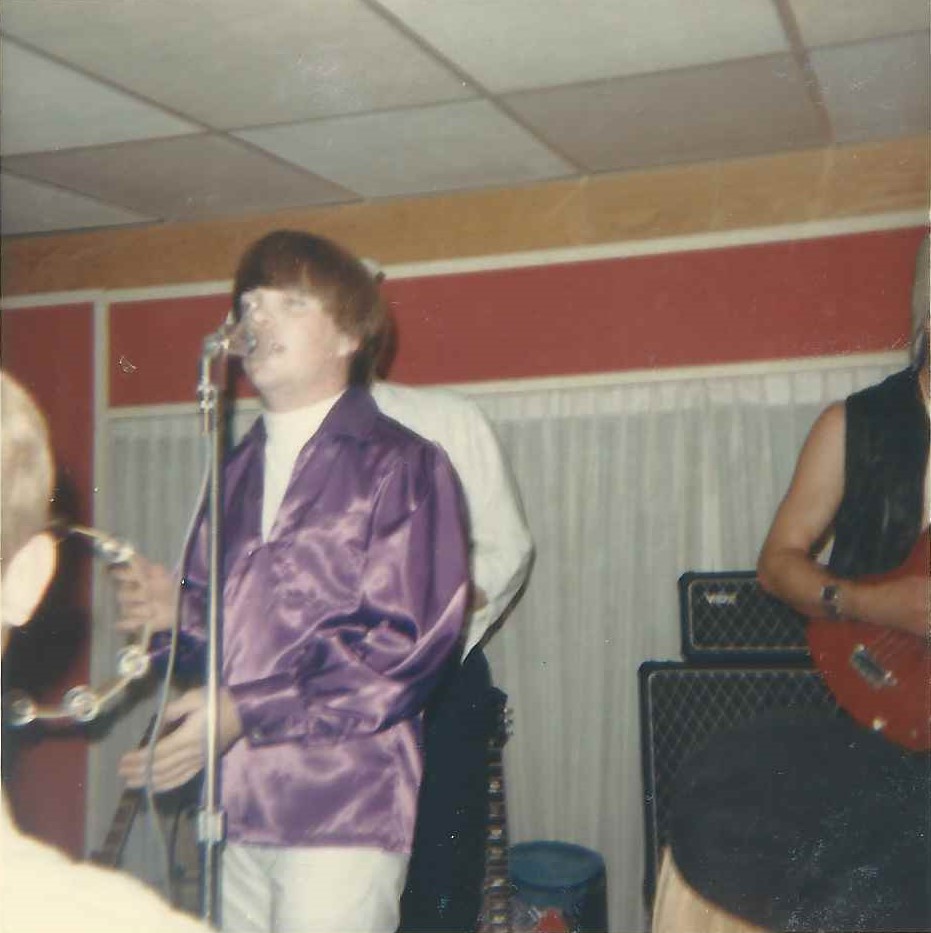
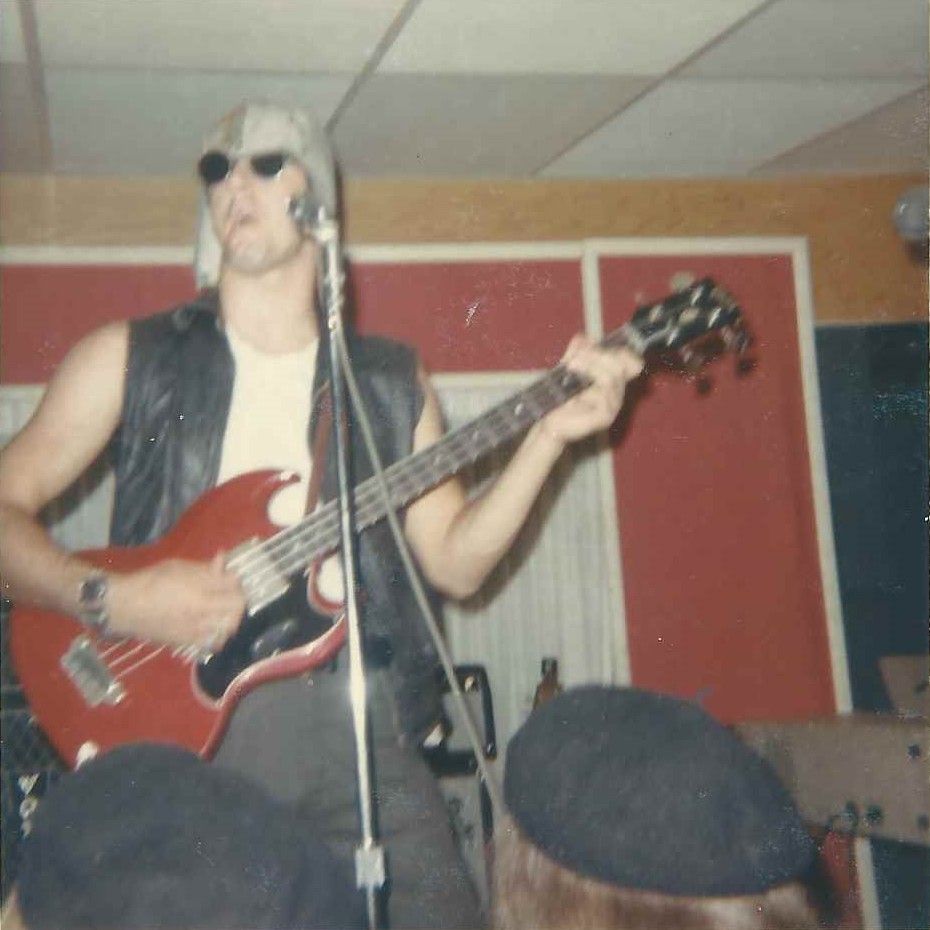
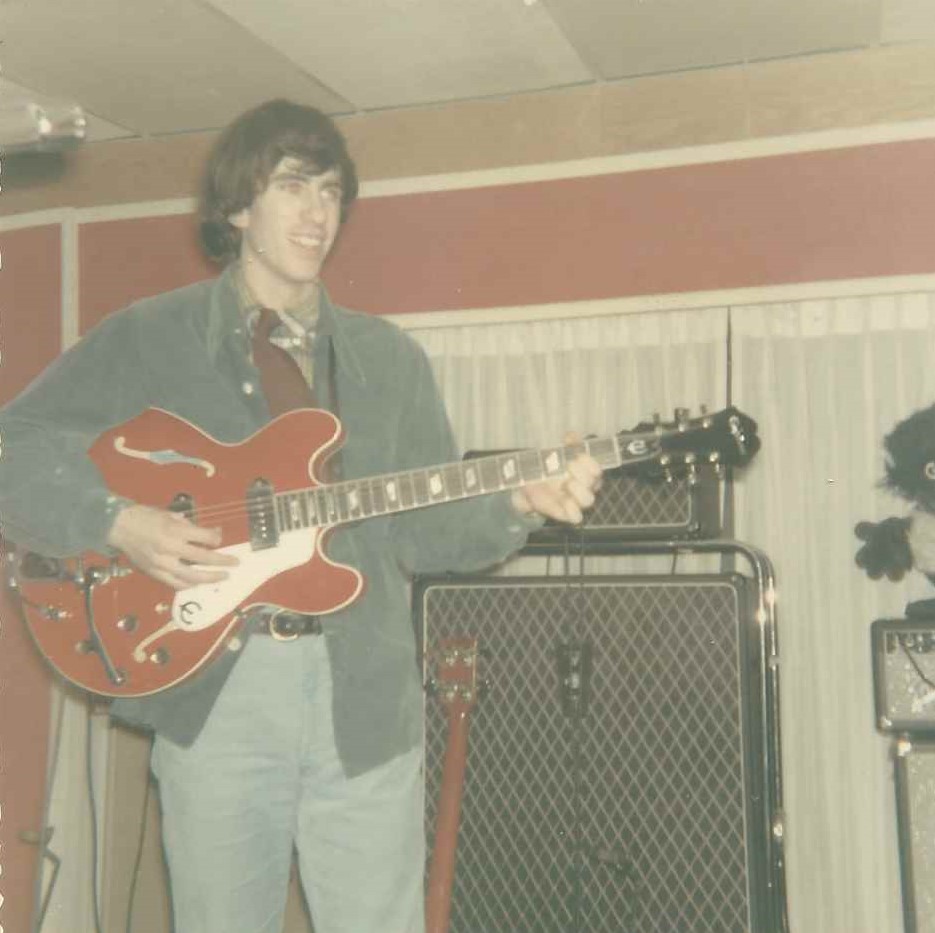
I guess you were influenced by the British Invasion?
The whole world was changed by that. Our surf sound was abandoned, we grew our hair longer and all vocals became the music standard. We played songs by The Beatles, The Rolling Stones, The Hollies, The Who, The Yardbirds, The Animals, The Swinging Blue Jeans, et al as well as the burgeoning American groups specifically, for me, The Byrds where I gravitated to the Rickenbacker 12-string. Personally, The Beatles were my early mentors in approaching song writing and arranging, and the Rickenbacker-12 still has a magical ring to it.
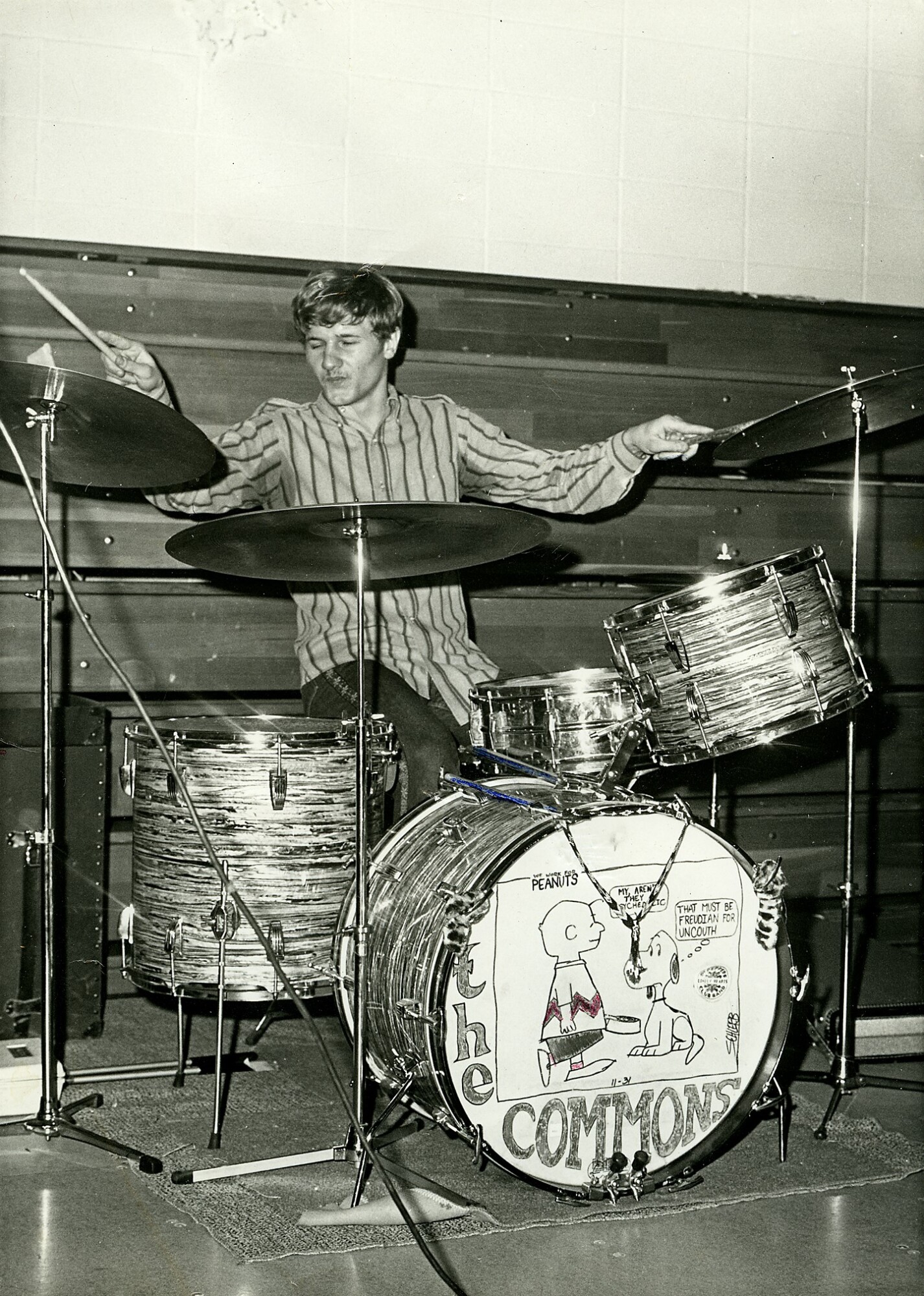
Tell us about your booking agent and what are some memorable gigs you played? Who did you share stages with?
With our first booking agent we played a lot of college fraternity parties which was instrumental in developing a polished sound. Our next agent booked us at mainly local teen dance clubs which emerged on every side of town and neighboring outskirts. We did open a few shows for national acts, namely The Beach Boys, The Byrds, The McCoys and The Kingsmen.
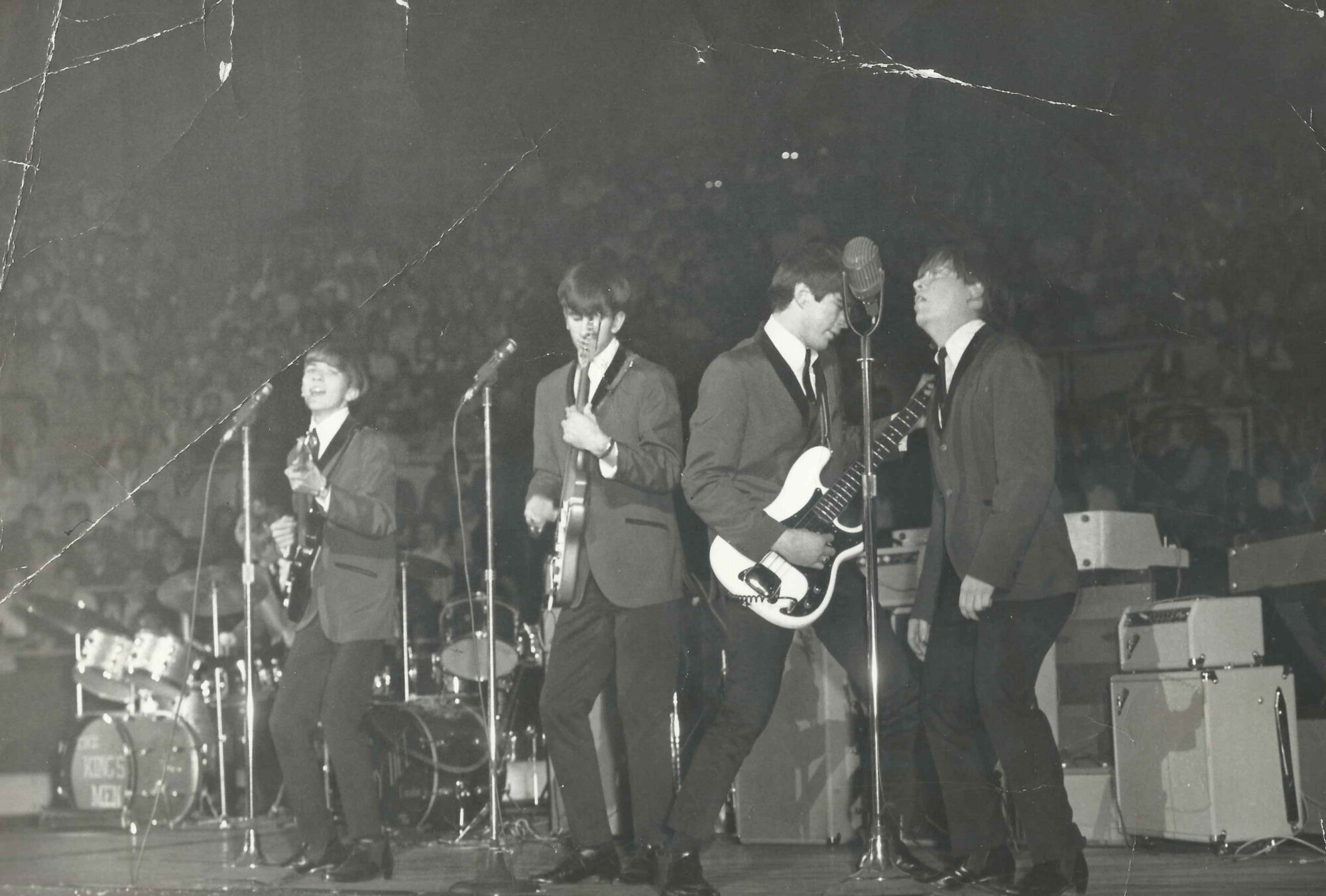
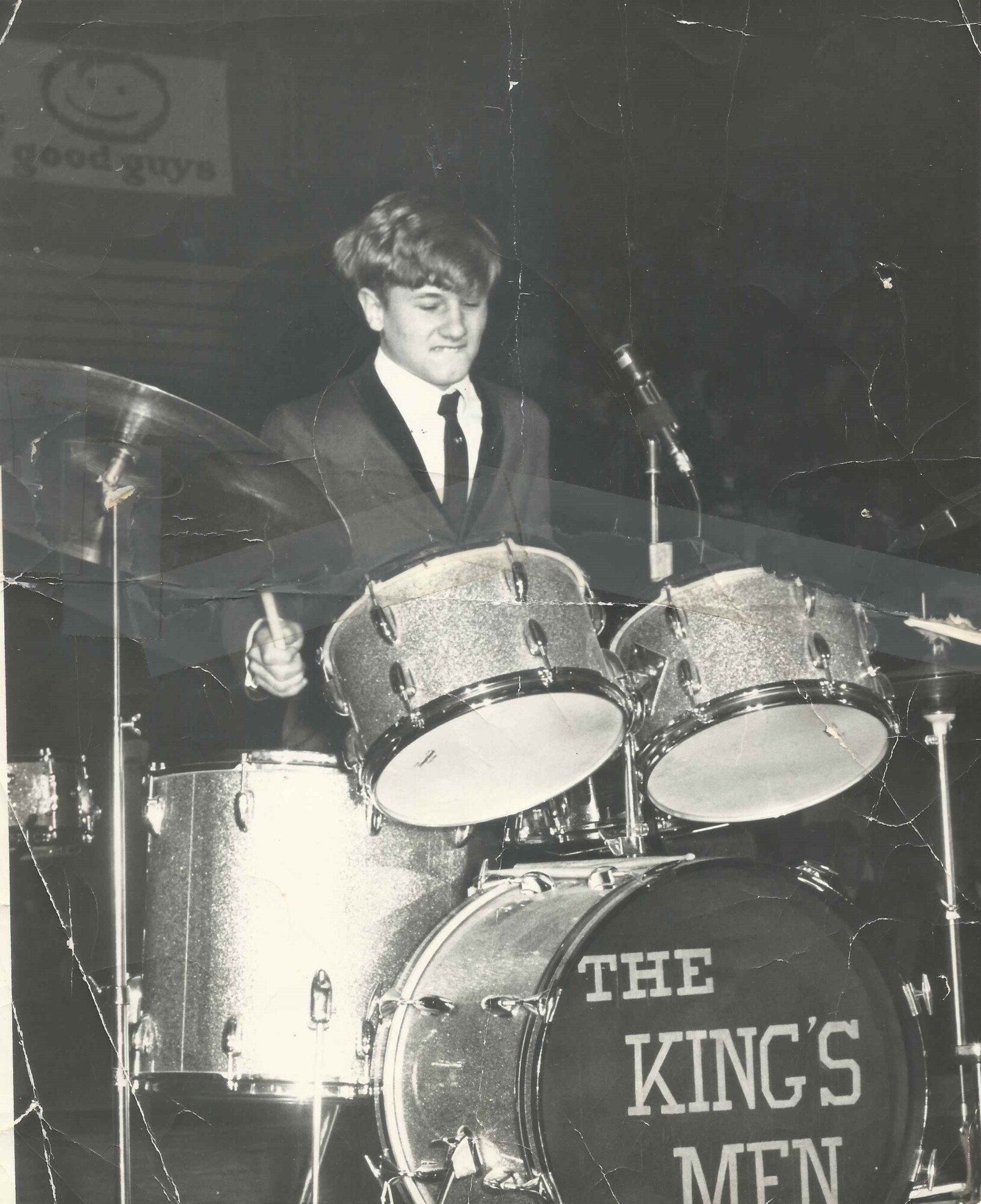
How many original songs did you have? Were they all released?
We had maybe a dozen or so originals; I can’t say for sure. Not all were recorded and/or released.
How do you remember booking a recording session in Chicago at Columbia Records where you recorded six songs?
Our manager at the time booked the first session. We went and recorded everything in one day as I recall.
The local band that influenced you was called The Katalinas. Could you tell us more about them?
They were my favorite band in those early days. Guitars, sax and drums. Bands at that time played pretty much a lot of the same songs that we copied as well. I mentioned some of these in the response above. And everyone always played ‘Caravan’ with a drum solo.
How did you originally meet John Medvescek and Herb Crawford?
John and I went to the same schools, elementary and high school. We’ve known each other since we were six years old, and started hanging out together in the 7th or 8th grade. When I started playing guitar and got my first electric, John bought a used set of drums and we just started messing around. That’s how it started. Herb joined the band when Gray Crawford couldn’t commit to our increased playing schedule. Herb lived close by and was available.
Tell us about the singles you released? Were those all actually a private press or did you have some help from any labels? Did you send them to any stations or labels? Did you get any airplay or press?
Our manager, Sonny Hobbs, was able to get a record deal from SOMA Records out of Minnesota. The first single, ‘We’re Gonna Love’ / ‘Come Back Again’ from the first Chicago session was released and was a local hit and was in play rotation on the local AM station WIFE. There was a week where it was the most requested song. Our second single, ‘Not the Spirit of India’ from our second Chicago session backed with ‘One Last Chance’ from our first session was released on the Nauseating Butterfly label, which was totally a Herb Crawford creation. That received local airplay as well. We also were the backing band on a Liberty label single written by Hoyt Axton, ‘Thunder and Lightning,’ by Rojay Gotee, which also was played locally.
So the complete Sir Winston and the Commons material was recorded in how many sessions in Chicago?
There were two Chicago sessions. But we also recorded at some local studios. I know we did some cover songs with some originals, but some of those recordings may be lost.
Did you do a lot of local shows?
Yes; with the British Invasion local teen dance clubs opened on every side of town and some nearby cities. Those and the college fraternities kept us busy most weekends.
When did you decide to go to California?
In 1967, after Don was drafted in the army, two female friends of ours who had moved to California were back in Indianapolis visiting and said we should come to L.A. and they knew some people that might be able to help us. So we took a short vacation and traveled there to check it out. We played at a pool party and met Link Wyler who showed some interest in us and who would later become our manager. Link was also an actor who appeared in several TV shows and movies, mainly westerns. One of his business associates was MayfNutter who was the leader of The New Christy Minstrels. We came back home to Indy and decided to move out west the following year.
Tell us more about The Galaxy Club? What bands shared stages with you?
The Galaxy Club was on Sunset Boulevard, two doors down from the Whiskey a Go Go. We auditioned there on a Monday night at 1:00 a.m. after 4 or 5 other bands and got the job as the only band on the bill. We played for a pittance, but it was a cool place to be at that time. I think The Doors were at the Whiskey then. That corner was always filled with people and a lot of characters who would drift in to see us. We had changed our name to Please to replace the British reference. We played there for 5 or 6 weeks and quit there when it became financially unfeasible. We played some other one off shows as well. One was on the beach where the gas powered electrical generator was as loud as we were. Dragging equipment through sand was not easy, but we were young. We also played at a bar where our P.A. the amplifier was stolen so we had to invest in a new system.
When did you decide to stop? Right after the California experience?
We didn’t stop; when things weren’t working out in California, we came back to Indianapolis. Joe wanted to leave the band so we continued as a trio.
Looking back, how did you see the scene there? After all, it was one of the most exciting periods with the whole Summer Of Love happening.
It was an amazing place. A tremendous amount of music was everywhere. There was a renovated theater named the Kaleidoscope that booked a lot of acts that we went to a few times. We saw The Byrds there when they were down to a three piece act. Santa Monica had an all day festival where Frank Zappa and The Mothers played extremely well.
In our previous interview you mentioned that you played as a trio for a short time while doing Cream/Hendrix kind of stuff. This was with John Medvescek and Herb Crawford? Were there any originals written for the trio? Any recordings left perhaps somewhere?
Yes, we played more original material and there are a few recorded songs from that period. Personally, I felt the three piece was too limiting in what and how I wanted to play, but never acted on getting more players.
Tell us more about Cock Robin and Gandharvis, another band you were part of, but the information is scarce. Did you do some shows? What kind of material did you play?
Cock Robin consisted of myself, John, Dave Wilkerson-guitar, vocals and Doug Rosebrock-bass, vocals. I think it was around 1970-71. We did mostly original songs, some Neal Young, played a few shows and even recorded several songs. Those tapes, however, have somehow been lost. Gandharvis was after Cock Robin, around 1973-74. Members were myself, John, Mike Holmes-guitar and Toby Gray-bass. That was a fusion rock band playing all originals I believe. There was a live recording of that band at one point, but I don’t know if it still exists. We did open for REO Speedwagon once in South Bend, Indiana but were not well received.
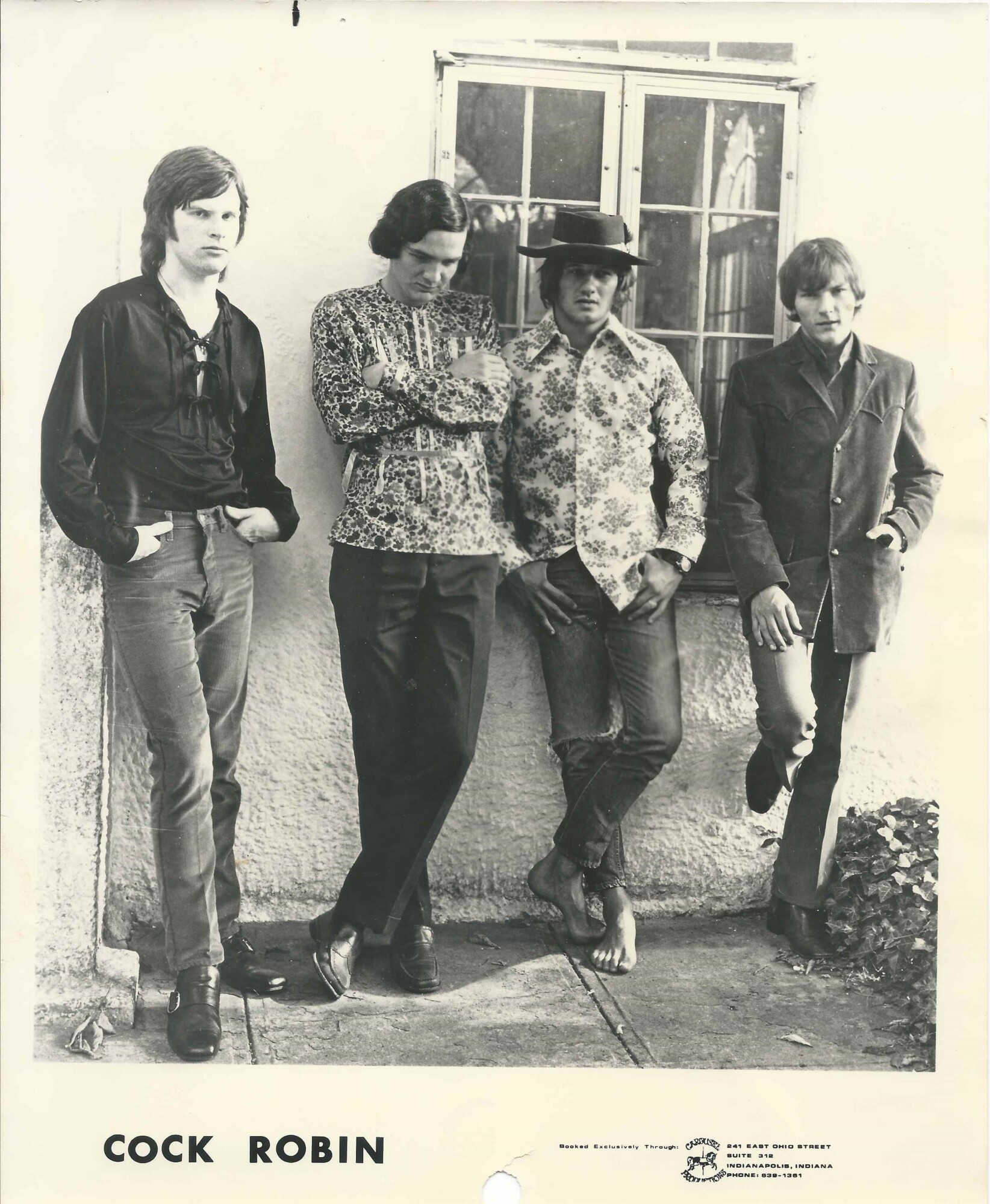
In 1972 you joined Madison Zane formed by Sir Winston and the Commons keyboard and sax player Joe Stout. This was basically just a cover band?
Yes, it was a cover band, but I think we did one or two of my originals. That’s where I met Glenn Weaver who would later join me, John and Marsha for the Anonymous album.
How did you meet Marsha Ervin (at the time Bailey)?
Marsha and her sister, Patty, were good friends who lived nearby. Toward the end of Sir Winston, we would meet at their house and do acoustic singalongs of mainly Beatles and Crosby, Stills & Nash songs. Marsha would sing the high parts perfectly. A few years later, John and Patty were married and are still together.
It’s really fascinating to read that you were influenced by Buckingham Nicks, their sole album was really special, very melodic. Did you feel that influence when you began writing songs for ‘Inside the Shadow’?
I’m influenced, as most musicians are, from a lot of directions. I’ve always liked a melodic guitarist and Lindsay Buckingham is certainly one of those. ‘Frozen Love’ is an amazing song from that album. I never have a specific “other song or group” that I want to model my songs after. It’s mainly to do with mood and feel; some Byrds influences are recognizable, and there are a few places that I can point to another musical reference.
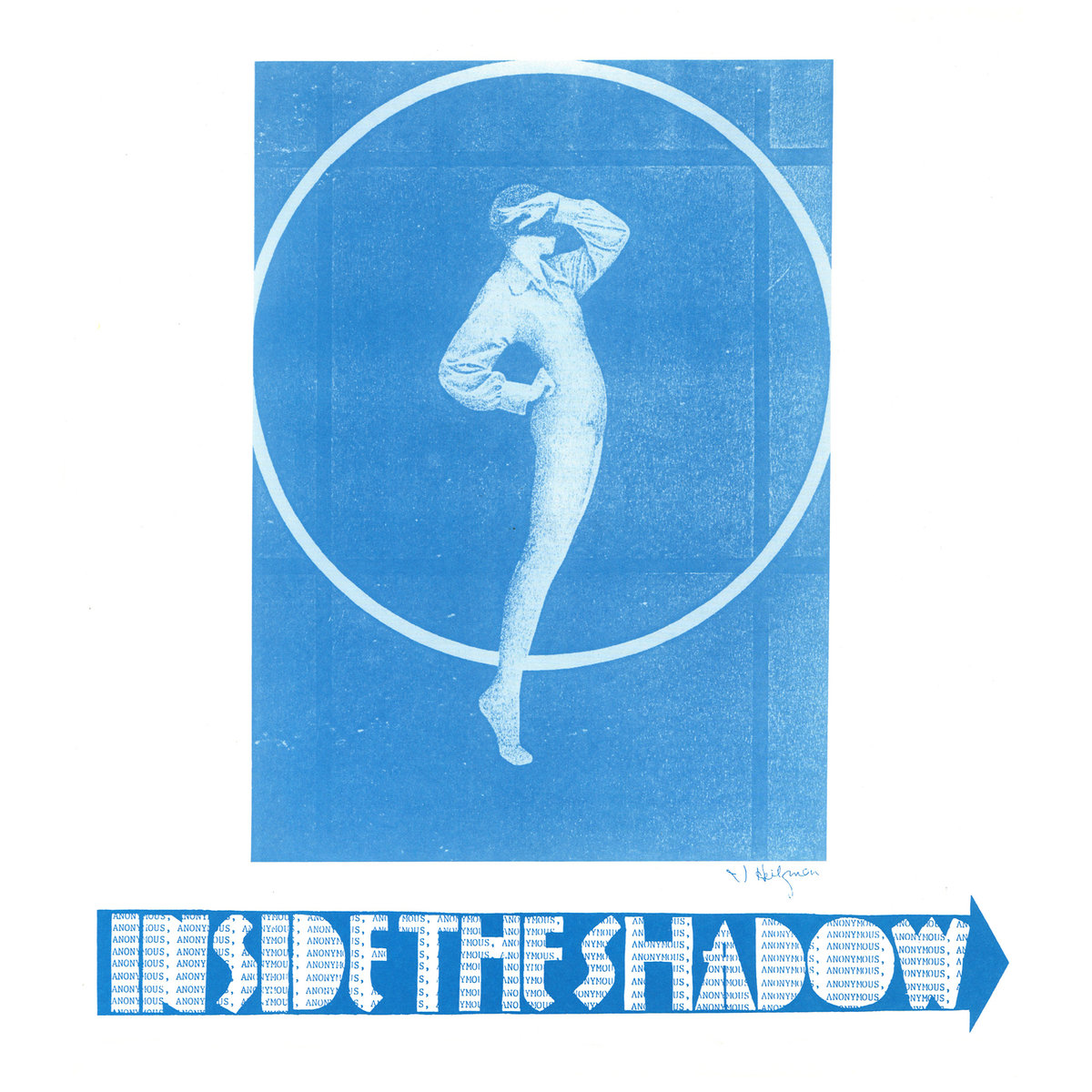
When did you move to Milwaukee, Wisconsin where the album was recorded?
We didn’t move there. We just recorded the Anonymous album there. It may have been late 1975 and/or early 1976.
If we were to play the album today, what are some recollections that run through your mind when hearing those songs again? The album always brings a certain atmosphere to me, like it’s a time capsule, a special moment in time that couldn’t be repeated.
I have to admit, we were players. We practiced well ahead of the sessions and did every song’s basic rhythm tracks in one or two takes. We added guitar overdubs off the cuff and completed the instrumentals in one day. We went back another day for vocals and another day for mixing.
The album was released in quantity of several hundred thanks to Jim Spencer. Who was he?
Jim and I go back to the 60s. He originally lived down the street from me. I’m not sure how we first got together, but we used to trade song ideas and wrote several songs together. He is an excellent singer/songwriter in his own right, and has several singles and albums of his own. He could come up with lyrics at the drop of a hat. Eventually, he married and moved to Milwaukee, but would always visit when he was back in town. Unfortunately, he passed away in the early 80s. I still miss our song writing sessions. He is responsible for getting the Anonymous album recorded. He just called me one day from Milwaukee and asked if I wanted to record an album and I said, “Sure.” That’s how it began.
I also need to issue a heartfelt thank you to the network of record collectors and especially my friends Rick Wilkerson and Stan Denski who urged me to reissue the Anonymous LP and keep me recording. Keith Abrahamson out of New York and Anthology Records also released a digital version of the album. Stan also urged me to record new material at Larry Demeyer’s studio here in Indy. That became the ‘Lunar Dust’ album which was released digitally via Anthology Records. Also, Machu Picchu Records re-released both vinyl and CD versions of ‘Inside the Shadow’ and ‘J. Rider’; the latter CD also contained the Lunar Dust sessions.
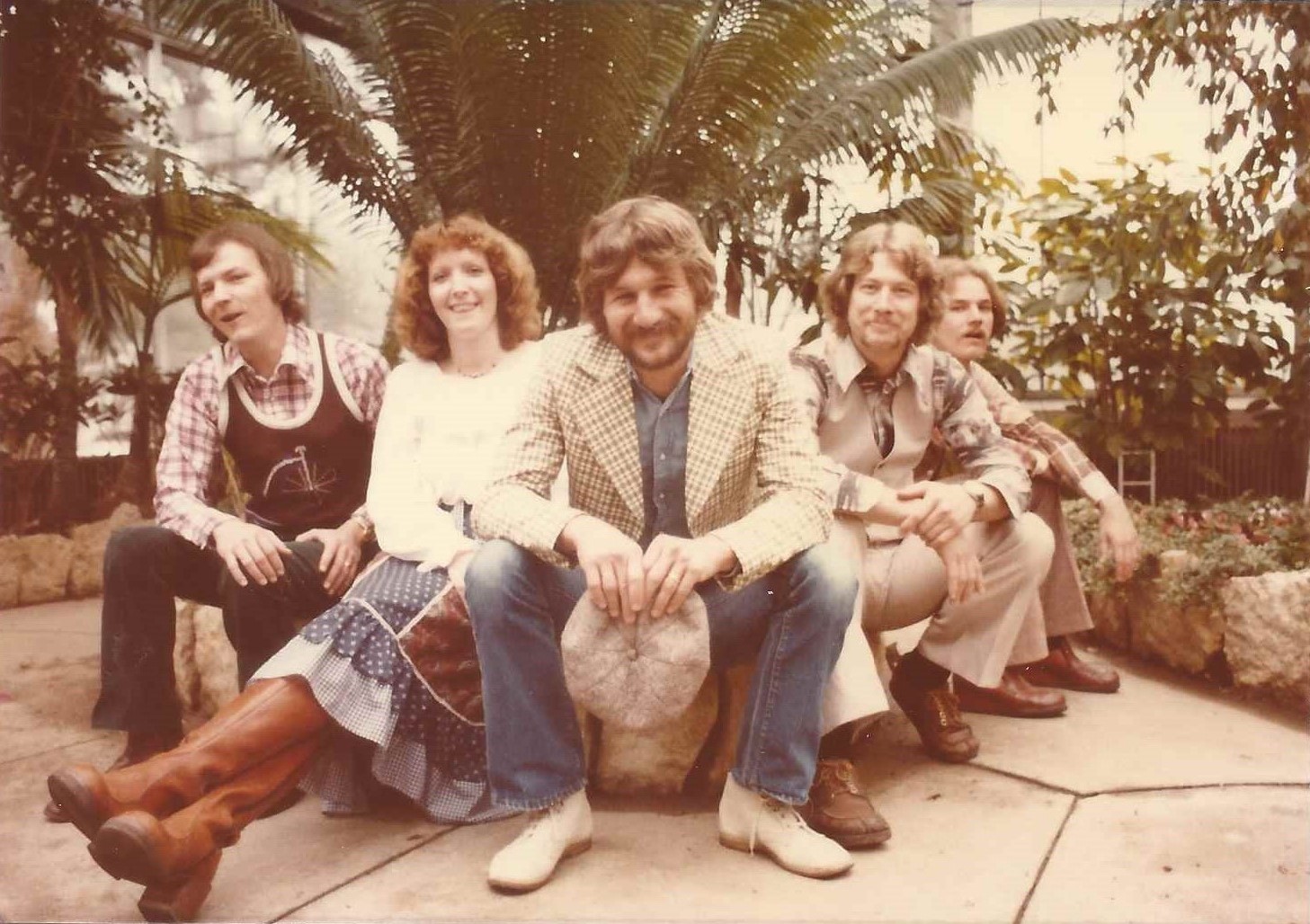
When did you decide to call yourself J. Rider?
Band names have always been a hassle to come up with. When we decided to try and start playing gigs, I wanted a name that did not have any connotation as to what the band would sound or look like. J. Rider, although it is a title from the album, sounds like a person’s name so it was fairly neutral.
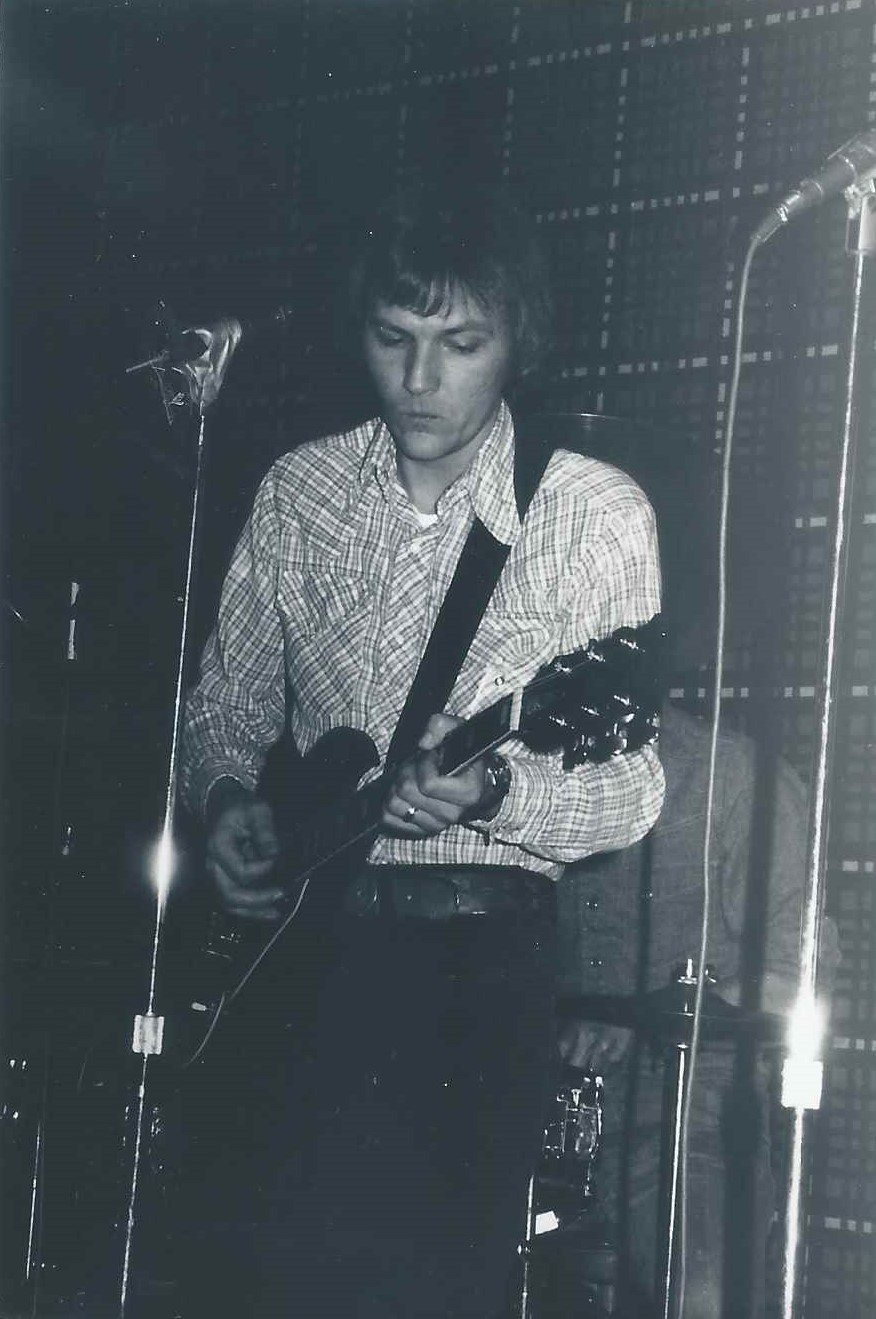
How did you meet guitarist Justin Garriot who joined you on those recordings of J. Rider?
Glenn Weaver, the bassist on the Anonymous LP, gave guitar lessons at a local music store and put up an ad for a lead guitarist on their bulletin board. Justin saw the ad, contacted me, we got together and I liked what I heard so I invited him to join the band. I also need to mention that Glenn left early on in the J. Rider era and was replaced with Greg Reynolds, a tremendous bass player and friend who has played bass with me ever since. That’s a lot of years. With John, they were and still are a strong backbone force in my music.
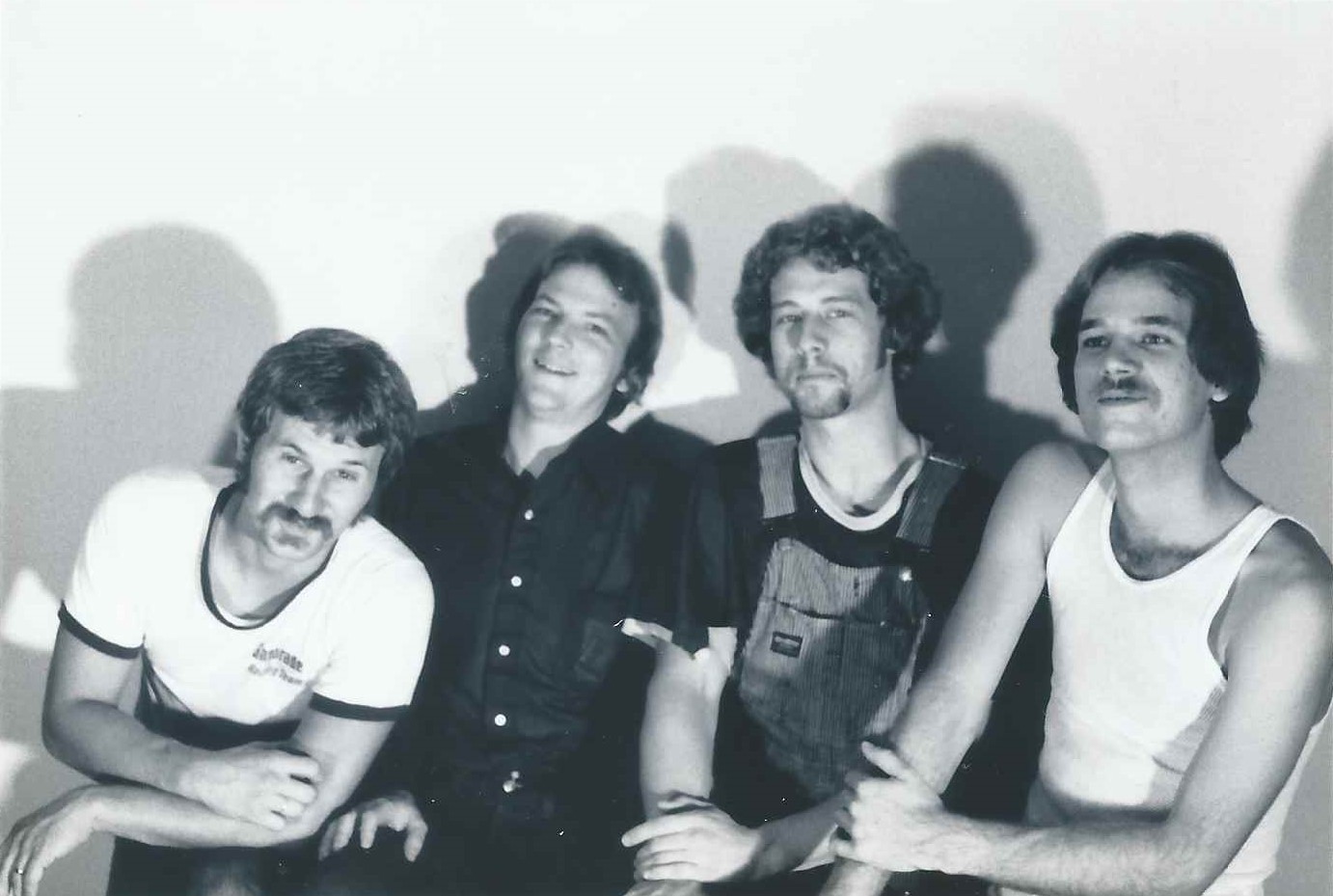
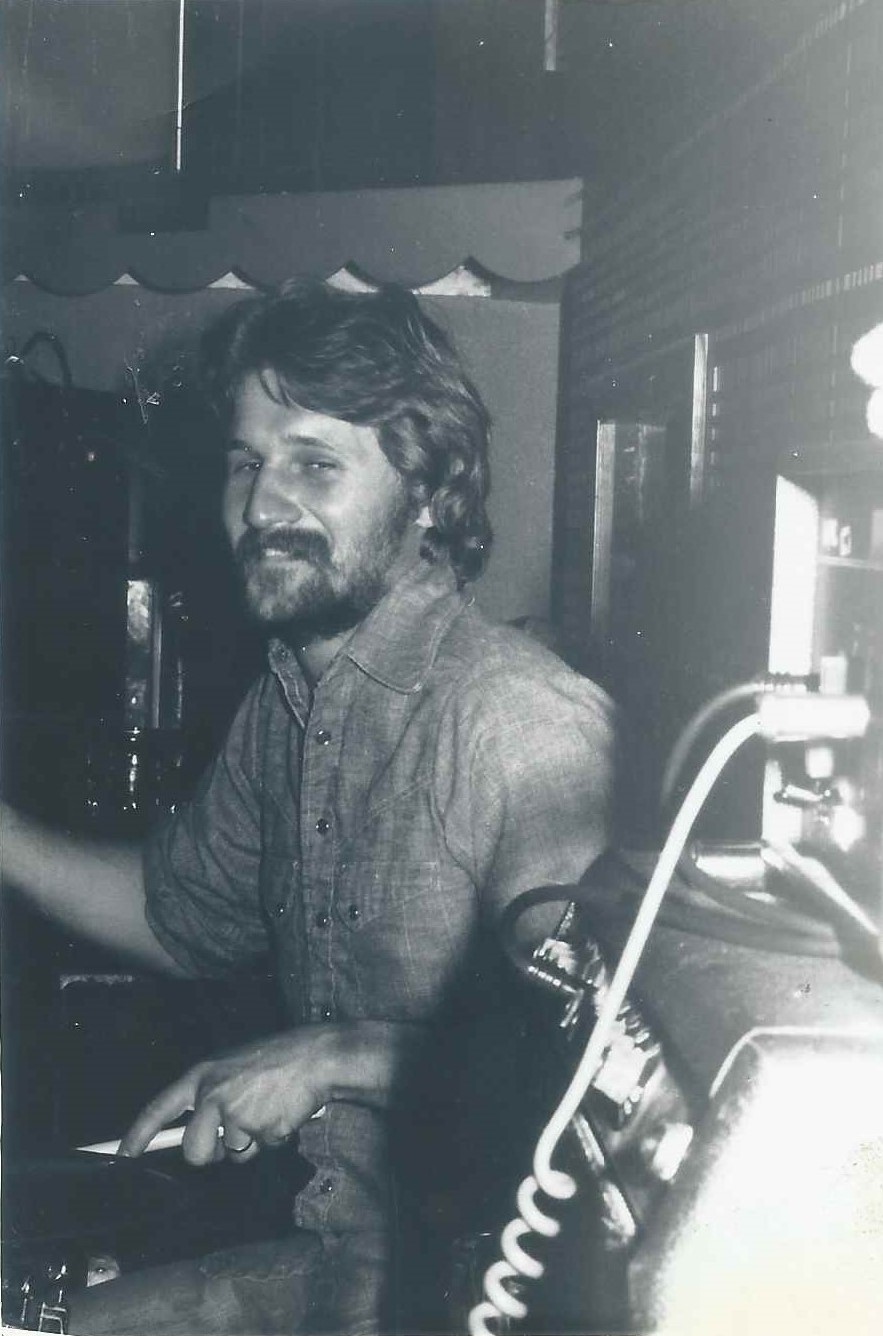
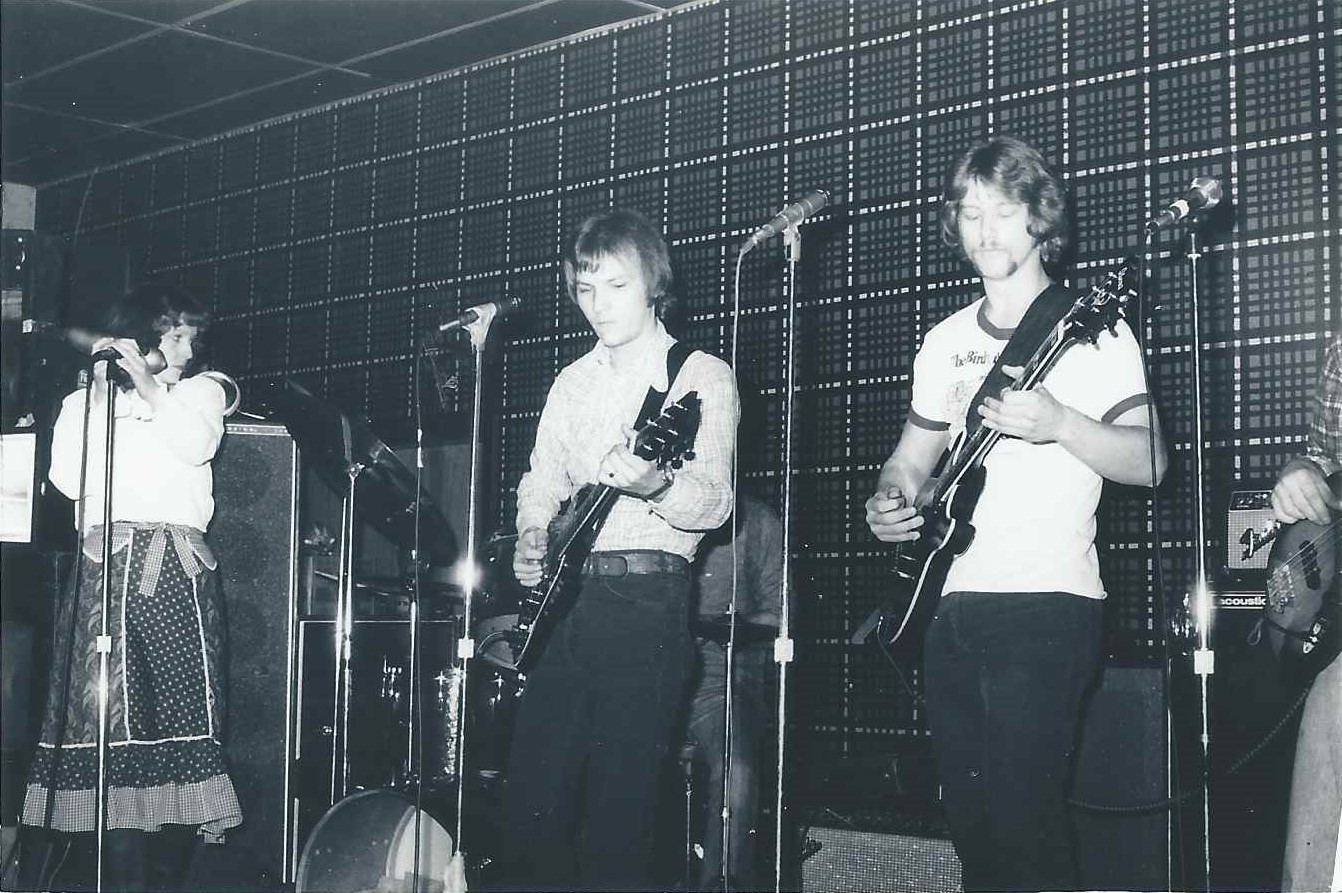
Norm Welch and Mike Petrow helped you to record the material as J. Rider…
Norm was a great friend I met when I worked at Mayflower Transit Company. He was a driver who loved rock music and found out that I played in a band. He came to see one of our shows and liked what he heard. We became good friends and I used to show him how to play certain songs on the guitar. He backed the financial part of the J. Rider sessions for which we are extremely grateful. Mike was a recording studio engineer who saw us play and wanted to set up a recording session with us.
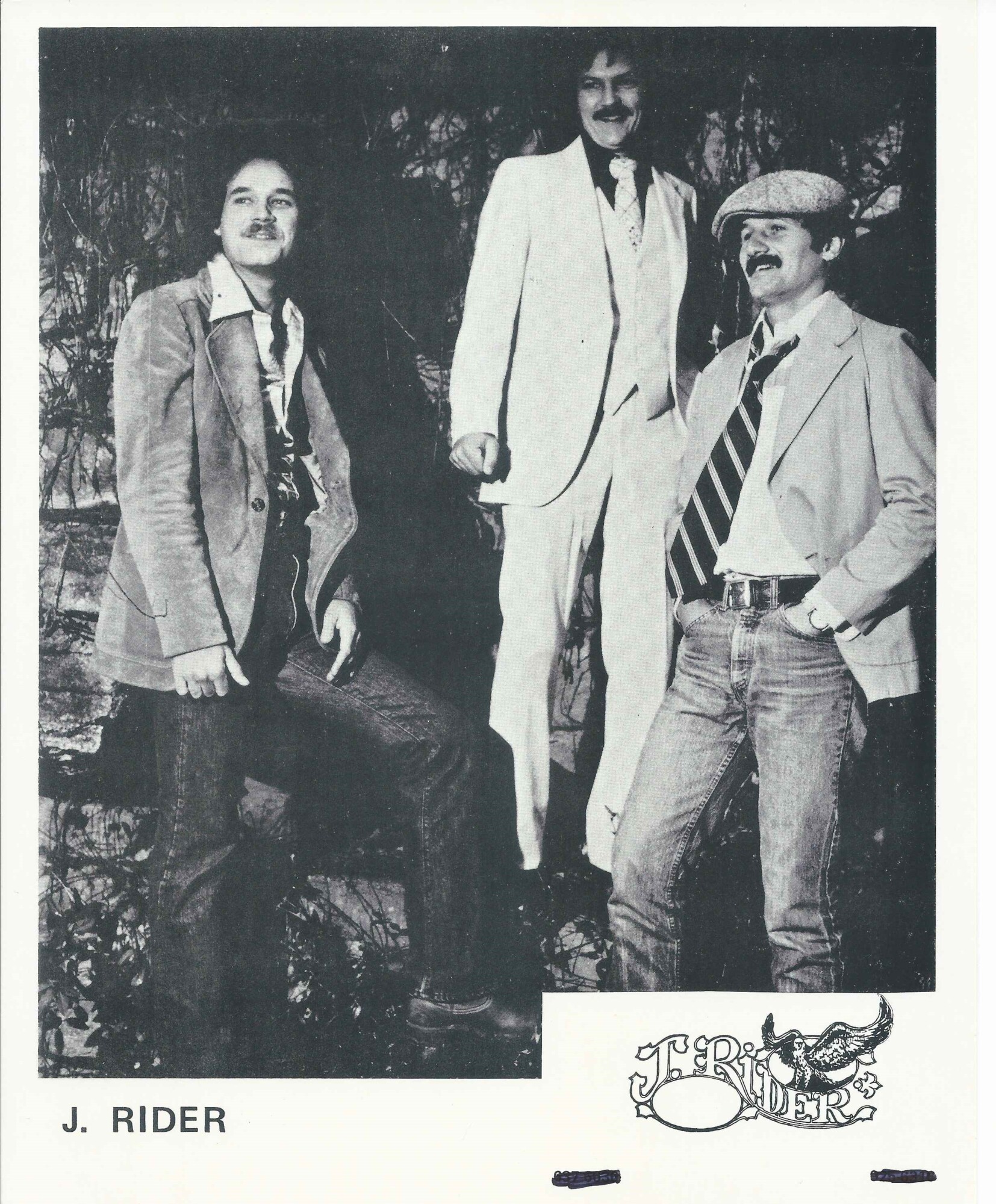
What kind of local shows did you play?
The shows were scarce since we played all original material. One of our mainstays, however, was a small pizza place called Crazy Al’s. We always received a warm reception there and actually have a recording of one of the shows.
The material was recorded in Indianapolis this time? A place called Neon Cornfield?
Yes, a professional studio with all the bells and whistles. Mike Petrow engineered the sessions, and producer Greg Riker also helped on the initial sessions. A top notch place; very easy to record there.
It’s really wonderful to see you’re still performing as DoorJams. How did that come about? Who are members of the band?
Greg Reynolds, our bassist, had been called to get a band together for a grade school reunion dance. So Greg, John, myself and Bill Kossmann, a guitarist who had played some one off shows with us, got together and played some cover songs for the dance. After that I wanted to try the original material once again so we started practicing and I wrote new songs for The DoorJams.
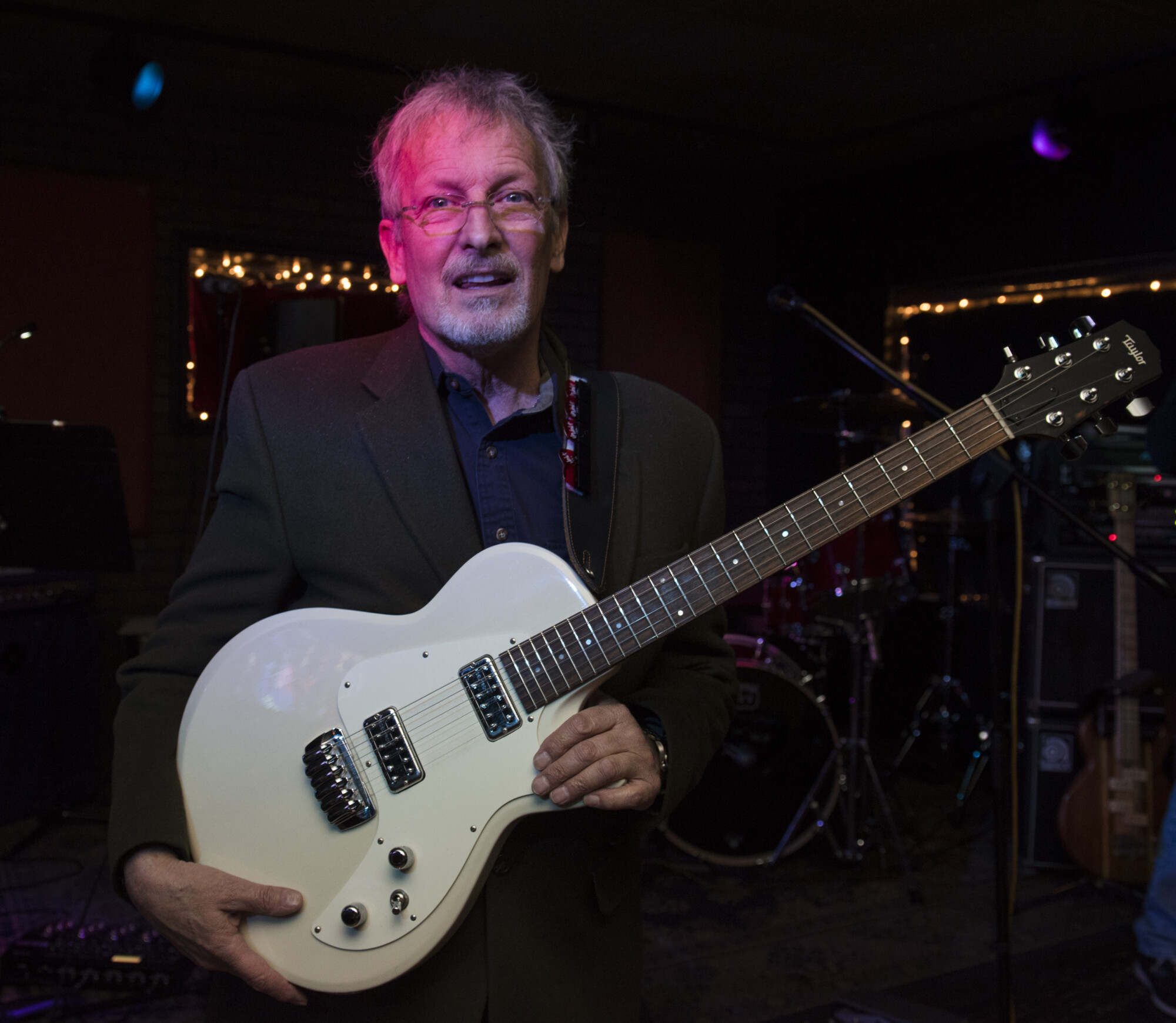
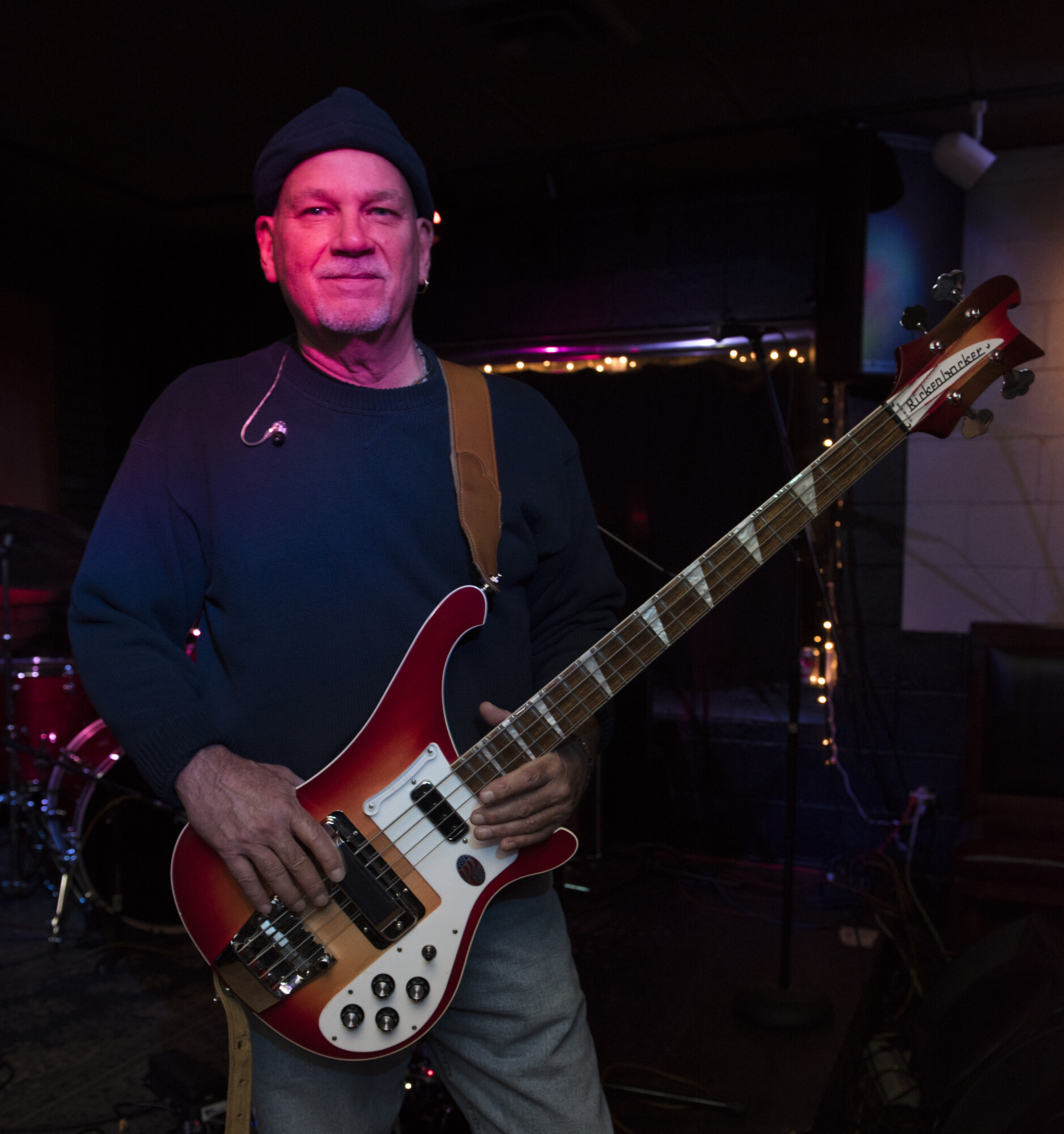
I see that you did some live shows, what kind of material do you play?
All original. We resurrected/revised some Anonymous, some J. Rider, some from Lunar Dust as well as new songs. There were a few small places where we could play all original material, but this is still mainly a cover band area. We played from 2018 until the pandemic hit, and haven’t played since.
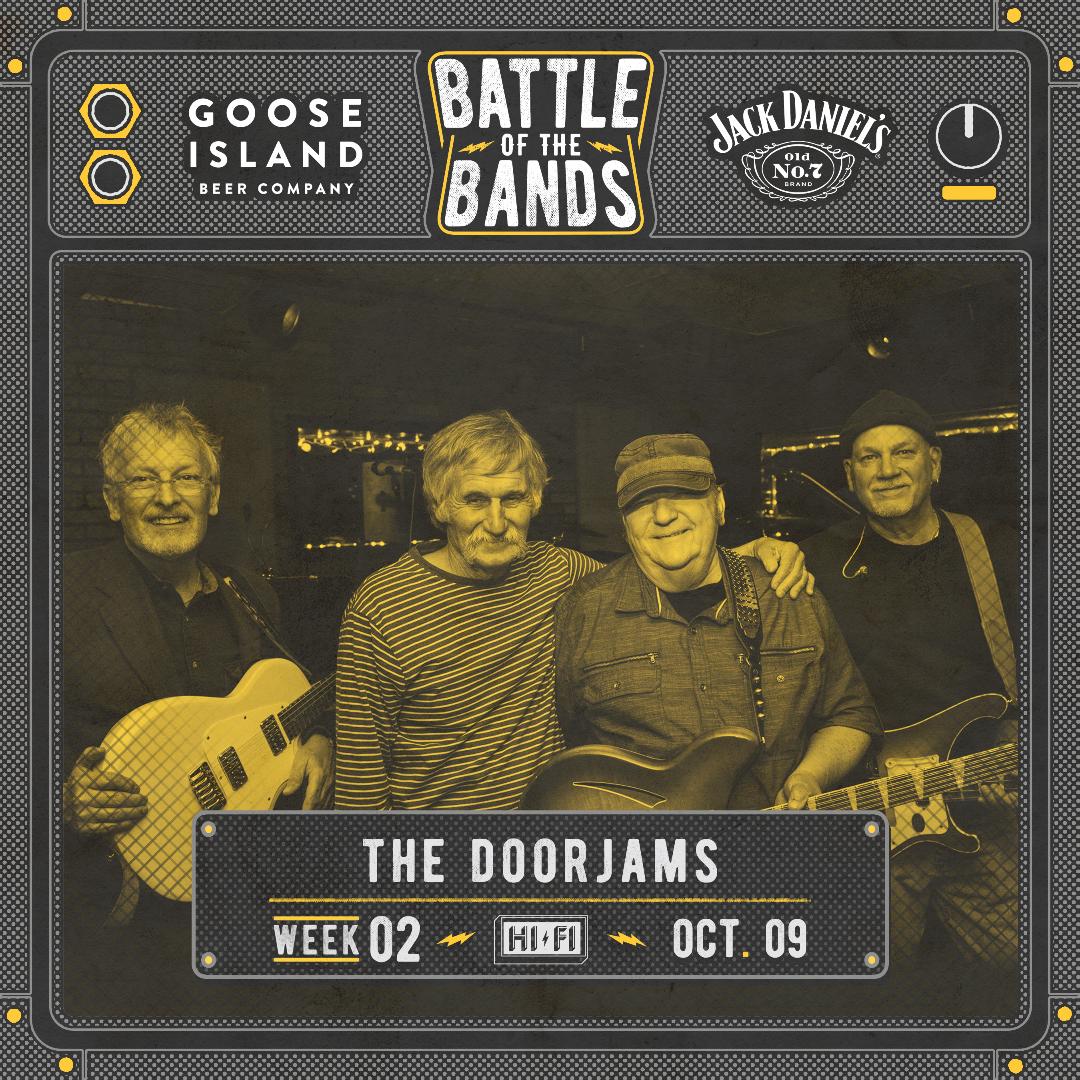
You recently released a CD, as well. Would love it if you could share some further words about writing and recording it?
It consists of a few of the songs that we performed. Some were originally written years ago and some brand new ones as well. It was recorded at Soundspace, a digital studio that had recently started. We began recording before the pandemic and had to stop when everything shut down. We finished when it all opened back up, so there was a significant wait. The album is a mixture of song styles, but still not all the styles that we played.
There is also a Bandcamp four song EP, ‘Downstairs,’ that we recorded in my basement prior to the album.
What makes a good song in your opinion?
Good vocal melody, strong and interesting chord progression and arrangement and lyrics that match the mood of the music. Plus I’ll always be a sucker for three part harmony.
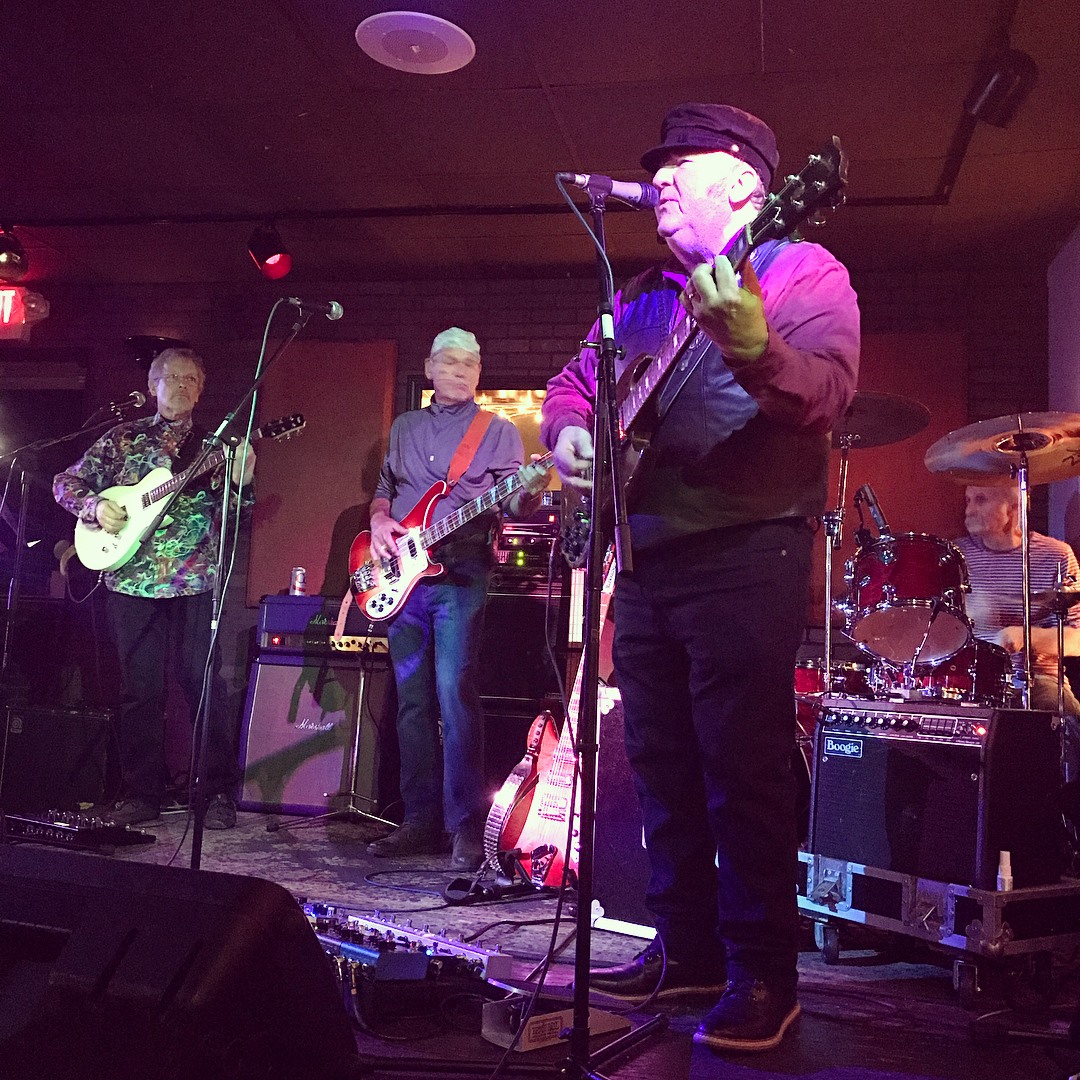
What’s next for you?
More song writing and hopefully more recordings. I need to reiterate my immense thanks to John Medvescek and Greg Reynolds for helping me bring my songs to life over the course of decades. And thank you, Klemen, for allowing me this interview opportunity. It has been a real pleasure.
Klemen Breznikar
Headline photo: J. Rider
Anonymous | J. Rider | Interview | Ron Matelic

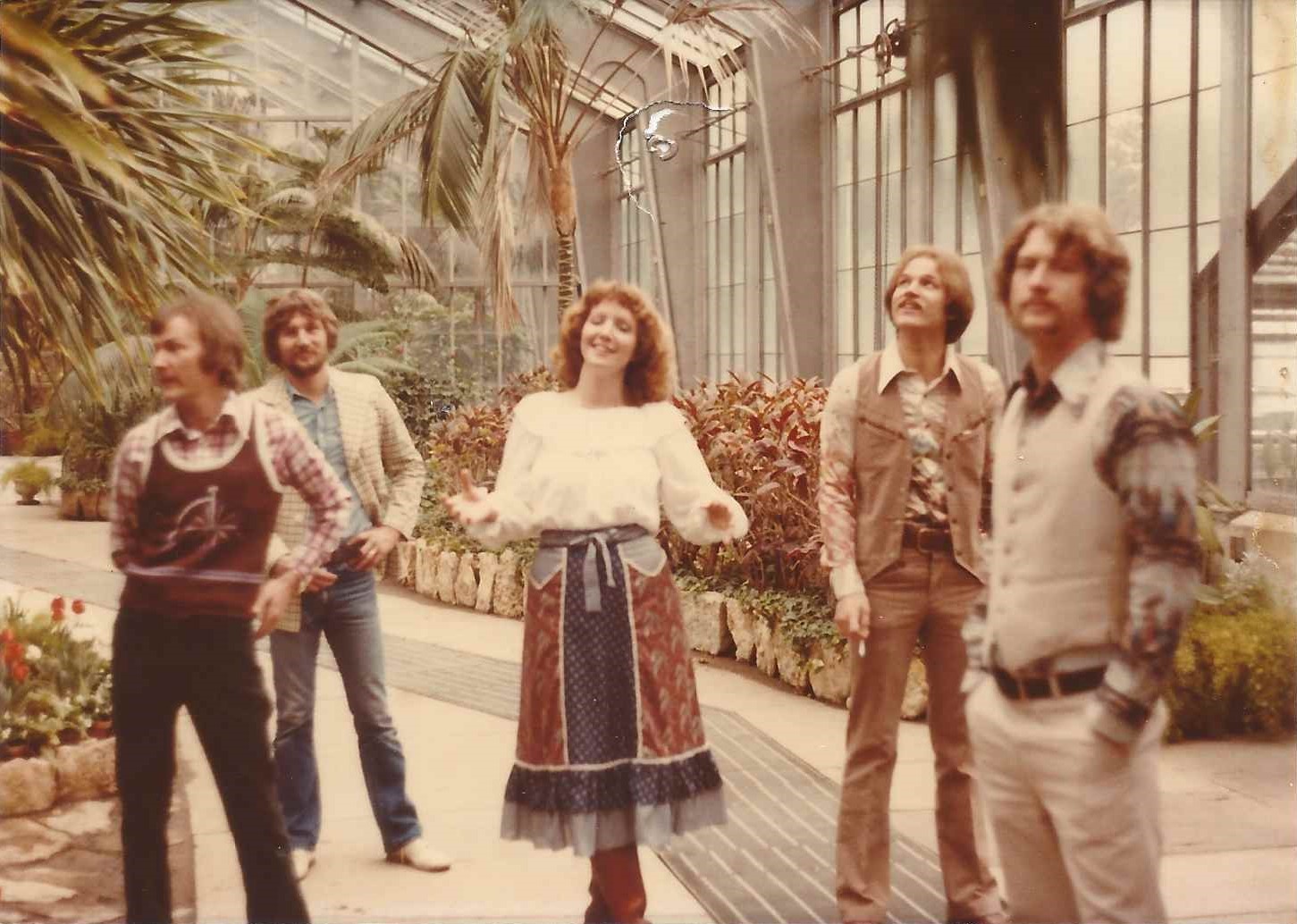



Thank you for this (rare !) interview. Anonymous & J. Rider two FANTASTIC bands.
Virtually much better than many well-known and more successful ones. An A1 bands !!!!